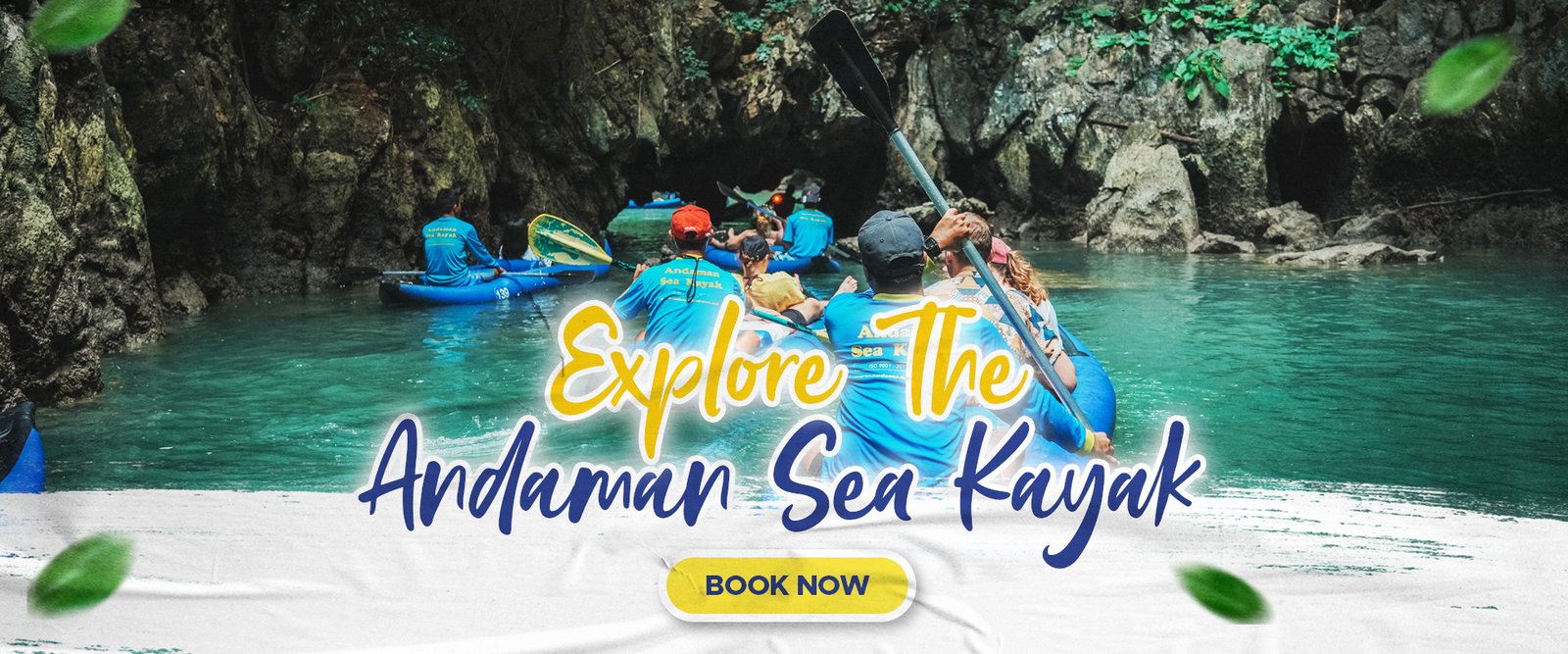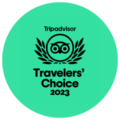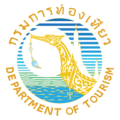Kayaking vs. Canoeing Which is Right for You?

When it comes to exploring the breathtaking waterways of Phang Nga Bay or any of Thailand’s stunning coastal areas, two popular options immediately come to mind: kayaking and canoeing. While these water vessels might seem similar at first glance, they offer distinctly different experiences that cater to various preferences, skill levels, and adventure goals.
At Andaman Sea Kayak, we’ve guided thousands of visitors through the hidden caves and emerald lagoons of Phang Nga Bay, giving us firsthand expertise in water-based adventures. This comprehensive guide will help you understand the key differences between kayaking and canoeing, allowing you to make an informed decision for your next water adventure.
Understanding the Basic Differences
Kayak Design and Structure
Kayaks typically feature a closed deck with a small opening (cockpit) where the paddler sits with legs extended forward. Modern kayaks come in various designs:
- Sit-in kayaks: Traditional design with an enclosed cockpit
- Sit-on-top kayaks: Open design with molded seats on top of the vessel
- Inflatable kayaks: Portable options that can be deflated for easy transport
- Touring kayaks: Longer, narrower designs for extended trips and open water
- Recreational kayaks: Wider, more stable designs for casual paddling
At Andaman Sea Kayak, we primarily use sit-on-top kayaks as they’re ideal for tropical environments, easy to enter/exit (especially when exploring caves), and offer excellent stability for beginners.
Canoe Design and Structure
Canoes feature an open deck design with raised sides and seats. Their classic design includes:
- Open hull: Allows for easier loading of gear and passengers
- Higher sides: Provides better protection from splashing water
- Bench or kneeling seats: Accommodates different paddling positions
- Greater internal space: Ideal for carrying equipment on longer journeys
- Traditional or modern materials: From classic wood to lightweight composites
Paddling Techniques: A Fundamental Difference
Kayak Paddling
Kayaking utilizes a double-bladed paddle, with blades on each end. This design allows paddlers to:
- Make alternating strokes without switching the paddle from side to side
- Maintain higher paddling efficiency with less energy expenditure
- Achieve greater speed with less effort
- Execute more precise turning maneuvers
- Maintain better control in windy conditions or currents
For the hidden caves and narrow passages of Phang Nga Bay, the kayak paddle’s efficiency and control make it particularly suitable for navigating the intricate waterways and tight spaces.
Canoe Paddling
Canoeing traditionally employs a single-bladed paddle. This paddling style:
- Requires more technique and practice to master
- Involves switching sides or using J-strokes to maintain direction
- Often involves coordinated paddling between multiple passengers
- Develops specific muscle groups differently than kayak paddling
- Creates a rhythmic, traditional paddling experience
Performance Comparison
Stability and Balance
Kayak Stability:
- Modern recreational kayaks offer excellent primary (initial) stability
- Touring kayaks may feel “tippy” initially but provide better secondary stability
- Sit-on-top kayaks, like those we use at Andaman Sea Kayak, provide exceptional stability for beginners and in calm waters
- Lower center of gravity contributes to overall stability
Canoe Stability:
- Wider beam generally provides good initial stability
- Higher center of gravity can make them feel less stable in choppy conditions
- Tandem paddling requires coordination to maintain stability
- Better suited for calm lakes and gentle rivers
Speed and Efficiency
Kayak Speed:
- Streamlined hull design creates less water resistance
- Double-bladed paddle allows for continuous power application
- Touring kayaks can achieve impressive speeds with experienced paddlers
- Sit-on-top kayaks prioritize stability over maximum speed
Canoe Speed:
- Generally slower than comparable kayaks
- Speed improves significantly with skilled tandem paddling
- Open design creates more wind resistance
- More affected by loading weight distribution
Maneuverability
Kayak Maneuverability:
- Highly responsive to hip movements and paddle strokes
- Shorter recreational kayaks turn quickly and easily
- Rudders or skegs on longer models improve tracking
- Excellent for navigating narrow passages and cave entrances
Canoe Maneuverability:
- Requires more skill to execute precise turns
- Turning efficiency improves dramatically with proper technique
- Tandem coordination significantly impacts maneuverability
- Longer canoes track better but are harder to turn quickly
Environmental Considerations
Weather and Water Conditions
Kayaks in Various Conditions:
- Sit-in kayaks with spray skirts handle rough water and rain effectively
- Sit-on-top kayaks (our specialty at Andaman Sea Kayak) excel in warm climates and calm waters
- Some designs handle ocean swells and waves effectively
- Lower profile reduces wind impact
Canoes in Various Conditions:
- More vulnerable to wind due to higher sides
- Greater risk of taking on water in choppy conditions
- Perform best on protected lakes, slow rivers, and calm bays
- Less ideal for ocean environments or exposed crossings
Seasonal Considerations
In Thailand’s tropical climate, both vessels work year-round, but considerations include:
- Dry season (November-April): Ideal conditions for both, with kayaks offering better exploration of shallow areas that emerge during lower tides
- Rainy season (May-October): Kayaks with proper gear provide better protection from occasional showers
- Hot season peaks: Sit-on-top kayaks allow for easy cooling off with quick swims
Practical Considerations for Travelers
Transport and Storage
Kayak Considerations:
- Modern inflatable options offer impressive portability
- Hardshell kayaks require roof racks or specialized transport
- Typically lighter than canoes of similar size
- Compact designs available for limited storage
Canoe Considerations:
- Generally bulkier and heavier than kayaks
- More challenging to transport without appropriate vehicles
- Require more storage space
- Less likely to be available as inflatable options
Group and Family Dynamics
Kayaking with Groups:
- Typically single or tandem seating arrangements
- Individual control encourages personal skill development
- Groups paddle independently alongside each other
- May be preferred by those seeking individual experiences
Canoeing with Groups:
- Can accommodate 2-3 people in a single vessel
- Encourages teamwork and communication
- Ideal for families with small children
- Offers a shared experience with collaborative paddling
At Andaman Sea Kayak, we’ve found that family groups often prefer our tandem kayaks, which provide the perfect balance between shared experience and easy maneuverability in the stunning caves and lagoons of Phang Nga Bay.
Skill Development and Learning Curve
Beginner Experience
Starting with Kayaks:
- Modern recreational and sit-on-top kayaks offer immediate stability
- Basic paddling techniques can be learned in minutes
- Self-rescue techniques require specific training
- Comfortable seating position for most beginners
Starting with Canoes:
- Initial stability feels secure on calm water
- Basic forward paddling is intuitive
- Turning and directional control require more practice
- Tandem paddling adds coordination challenges
Progression Path
Kayaking Skills Development:
- Clear progression from recreational to touring models
- Advanced skills include rolling, bracing, and rescues
- Specialized disciplines include whitewater, sea kayaking, and racing
- Technical skills can be developed throughout a lifetime
Canoeing Skills Development:
- Traditional progression from basic paddling to advanced strokes
- Solo paddling represents a significant skill advancement
- Advanced skills include efficient trimming, technical river reading
- Deep tradition of wilderness tripping and expedition skills
Specific Suitability for Thailand’s Waters
Exploring Phang Nga Bay
The iconic limestone karsts and hidden caves of Phang Nga Bay present unique paddling considerations:
Kayak Advantages in Phang Nga Bay:
- Excellent maneuverability for navigating through narrow cave entrances
- Lower profile for accessing caves with limited clearance
- Efficient paddling for covering distances between islands
- Stable platforms for photography of dramatic landscapes
Canoe Limitations in Phang Nga Bay:
- May be too wide for some narrow passages
- Higher profile can restrict access to low-ceiling caves
- Less efficient for covering longer distances between points of interest
- More vulnerable to afternoon sea breezes
This is why at Andaman Sea Kayak, we’ve specifically chosen quality sea kayaks for our guided tours – they simply offer the optimal combination of stability, maneuverability, and efficiency for experiencing the magic of Phang Nga Bay’s hidden treasures.
Wildlife Observation
Both vessels offer unique wildlife viewing opportunities in Thailand’s rich ecosystems:
Wildlife Viewing from Kayaks:
- Quieter approach creates less disturbance
- Lower profile is less intrusive to wildlife
- Greater stealth for approaching sensitive species
- Ability to access shallow mangrove areas
Wildlife Viewing from Canoes:
- Higher vantage point for spotting wildlife
- More stable platform for photography
- More comfortable for extended observation periods
- Better capacity for carrying observation equipment
Making Your Choice: Practical Recommendations
Ideal Kayakers
Kayaking might be your better choice if you:
- Value efficiency and speed on the water
- Want to access narrow caves and passages
- Prefer individual control and independence
- Are planning to paddle in varied water conditions
- Enjoy a more active, athletic paddling experience
- Have limited storage or transport options
Ideal Canoers
Canoeing might suit you better if you:
- Prioritize carrying capacity for gear or passengers
- Prefer a traditional paddling experience
- Value stability and comfort over speed
- Want to paddle with multiple family members in one vessel
- Plan to focus on photography or fishing during your trips
- Enjoy the collaborative aspect of tandem paddling
The Andaman Sea Kayak Experience
At Andaman Sea Kayak, we’ve specialized in providing unforgettable kayaking experiences in Phang Nga Bay for many years. Our choice of sea kayaks reflects our commitment to:
- Accessibility: Ensuring even first-time paddlers can safely enjoy the experience
- Environmental responsibility: Using vessels with minimal impact on delicate cave ecosystems
- Exploration capability: Accessing hidden lagoons and caves inaccessible to larger boats
- Safety: Providing stable, user-friendly craft with professional guides
- Memorable adventures: Creating the perfect balance of excitement and comfort
Our fleet of 40 quality sea kayaks, supported by our experienced team of 40 boat crew members, has allowed us to share the wonders of Phang Nga Bay with thousands of visitors from around the world.
Conclusion: Personal Choice and Experience Goals
The kayak versus canoe debate ultimately comes down to your personal preferences, physical condition, intended use, and the specific environments you plan to explore. Both vessels offer wonderful ways to connect with nature and experience the beauty of Thailand’s waterways.
For the specific magic of Phang Nga Bay’s hidden caves and emerald lagoons, kayaks offer distinct advantages that have made them the vessel of choice for experienced guides and visitors alike. Their combination of maneuverability, efficiency, and accessibility creates the perfect platform for exploring this natural wonder.
Whether you choose a kayak or canoe for your next water adventure, the important thing is to get out on the water and experience the unique perspective that paddle sports provide. There’s simply no better way to connect with nature and create lasting memories than at the gentle pace of a paddle dipping into clear waters.
Ready to experience the difference yourself? Join us at Andaman Sea Kayak for an unforgettable journey through the breathtaking landscapes of Phang Nga Bay – where the magic of kayaking brings you closer to nature’s wonders than you ever thought possible.
FAQs About Kayaking vs. Canoeing
Q: Is kayaking harder than canoeing? A: For beginners, sit-on-top kayaks are typically easier to learn than canoes. The double-bladed paddle is intuitive, and modern recreational kayaks offer excellent stability. Canoes require more technique development, especially for efficient turning and solo paddling.
Q: Which is better for fishing, kayaks or canoes? A: Both have specialized fishing versions. Fishing kayaks offer better mobility and access to tight spots, while fishing canoes provide more stability and gear capacity. Your fishing style and locations will determine the better choice.
Q: Are kayaks safer than canoes? A: Safety depends more on the paddler’s skill, conditions, and preparation than the vessel type. In general, sit-in kayaks with proper training can handle rougher conditions, while canoes excel in stability on calm water. At Andaman Sea Kayak, safety is our priority, with professional guides ensuring appropriate conditions for our tours.
Q: Which is better for children, kayaks or canoes? A: Young children (under 8) often do better in a canoe with adults who can manage the vessel. Older children may enjoy the independence of their own kayak. Our family tours at Andaman Sea Kayak accommodate children with appropriate-sized equipment and close guide supervision.
Q: Can I use a kayak or canoe if I’m not a good swimmer? A: Yes, with proper safety equipment. All participants at Andaman Sea Kayak wear personal flotation devices (life jackets) regardless of swimming ability, and our guides provide comprehensive safety briefings before each tour.







